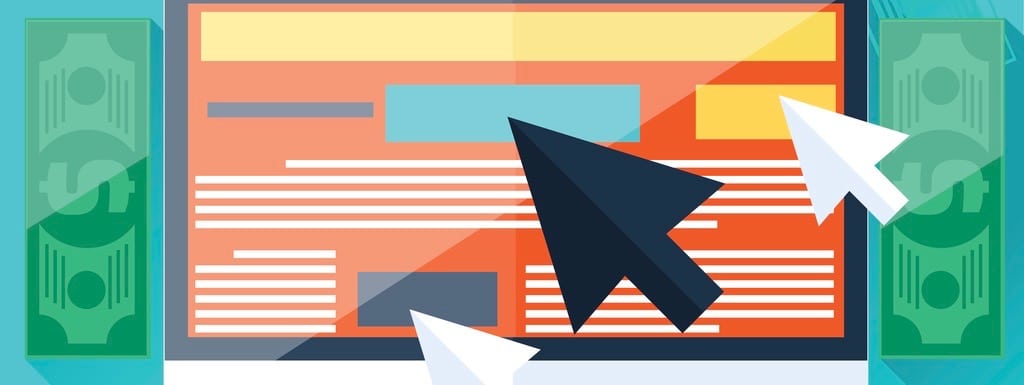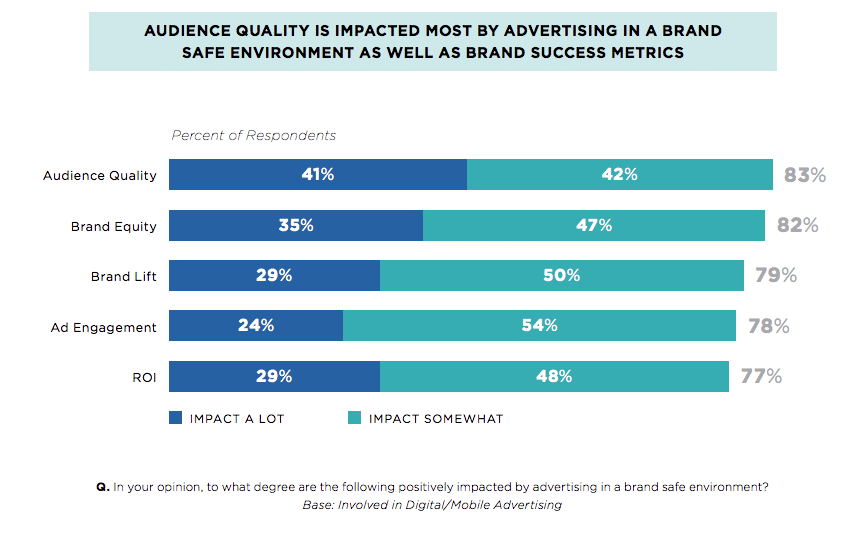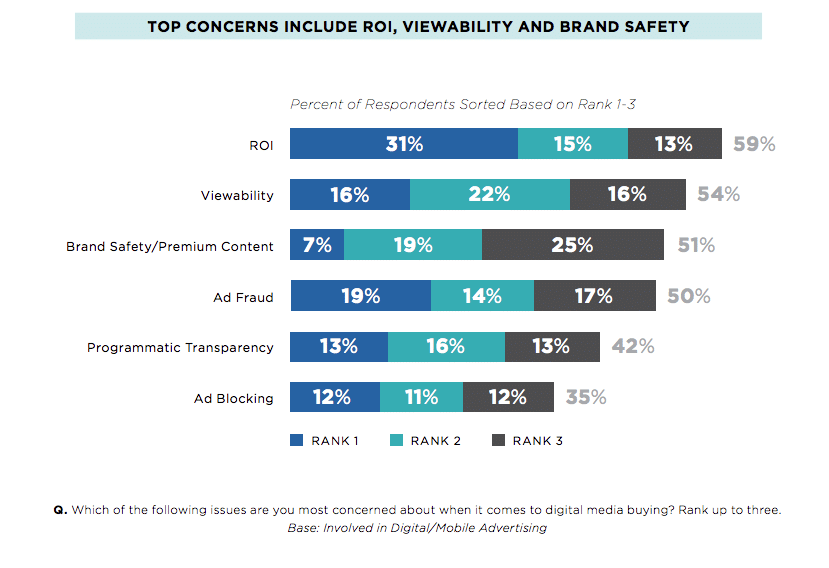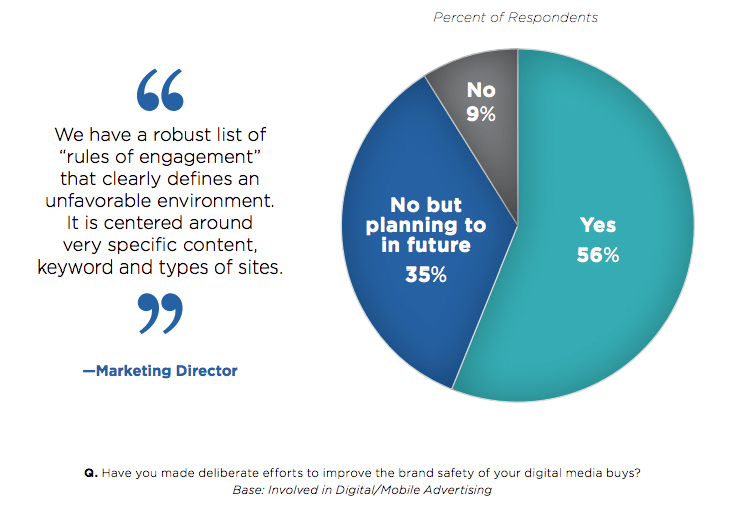Brand advertising and content marketing efforts have experienced a “wrong place, wrong time” scenario recently in the hands of algorithm functions by sites like Google and Facebook, which have taken control of ad and messaging placements and often place a spot from an otherwise upstanding brand right next to controversial content that makes consumers think twice about the brand’s own integrity.
Brand safety is the practice of ensuring that ads and other messaging be associated only with quality content—and it has become a mandatory, driving factor in marketing campaign decision-making, new research from brand-driven media firm Trusted Media Brands and research-based ad insights company Advertiser Perceptions reveals. According to the survey, more than 75 percent believe that marketing programs executed in brand-safe content environments have a direct impact on their bottom-line return on investment.
The survey, Digital Priorities, Brand Safety Attitudes and ROI, finds that 91 percent of digital marketers are already taking or planning to take steps focused on implementing brand-safe strategies in their digital marketing plans. Many industry leaders are also taking steps to ensure brand safety through vetting inappropriate sites. The YouTube advertiser boycott and concerns over Facebook’s fake news issues were catalysts in driving this brand safety focus.
Clients are also concerned about their programmatic advertising. The study shows over 40 percent will elevate these efforts by adopting private marketplaces.
“The value of brand-safe advertising has become a core focus for marketers,” said Rich Sutton, Trusted Media Brands chief revenue officer, in a news release. “Performance measurement is emerging for both marketers and agencies that closely interlinks ROI and brand safety to determine digital campaigns’ effectiveness.”
While agency and brand marketers alike are working to solve for issues in brand safety, the new study also uncovers differentiating views on what environments constitute as brand safe.
Seventy-five percent of brand marketers believe brand safety affects ROI
The results of this research drive home that the content matters, and placing ads in trusted, brand-safe environments are now at the forefront in digital planning, seen as essential to advertising effectiveness. Advertising in brand-safe environments is believed to drive significant impact on key measures such as audience quality (83 percent), brand equity (82 percent) and brand lift (79 percent). More than three-quarters believe that brand safety impacts ROI (77 percent).
Use of programmatic, private marketplaces taking over vetting sites
More than half of all participants (56 percent) have previously blacklisted specific sites or channels to improve brand safety of their digital media buys. Forty-one percent of participants think the next likely step is an increase in the usage of private marketplaces.
Content trumps social for brand-safe delivery
More than half of all participants rank news websites including Disney.com, WSJ.com and NYtimes.com as extremely brand safe. In comparison, only 34 percent of participants view Facebook in the same light, with Snapchat ranking the lowest at 25 percent among social platforms.
Marketers place more trust in social than their agencies
Marketers and agencies convey differing viewpoints on social media platforms’ abilities to deliver a brand-safe environment. Over 30 percent of marketers rate social platforms such as YouTube capable of serving brand-safe content, while only 20 percent of agency participants agree with this perception.
Brand-safe publishers are key
Agencies are ahead of marketers when it comes to improving brand safety in digital media buys. In 2017, 64 percent of agency participants have already made deliberate efforts to improve brand safety methods vs. 43 percent of marketers taking these steps.
The Trusted Media Brands survey was conducted in June 2017 among roughly 300 U.S. digital media decision-makers from the Advertiser Perceptions Omnibus Panel.






